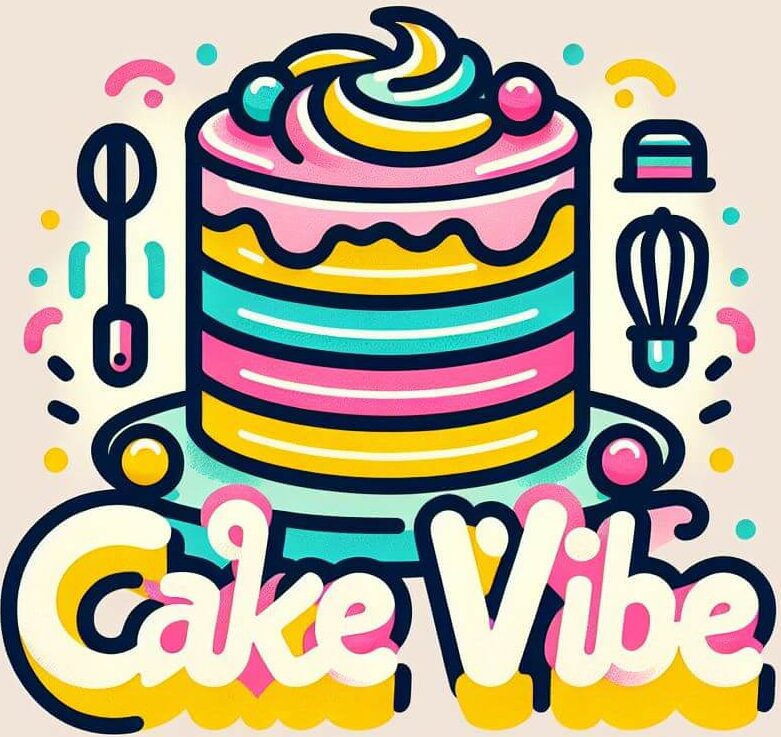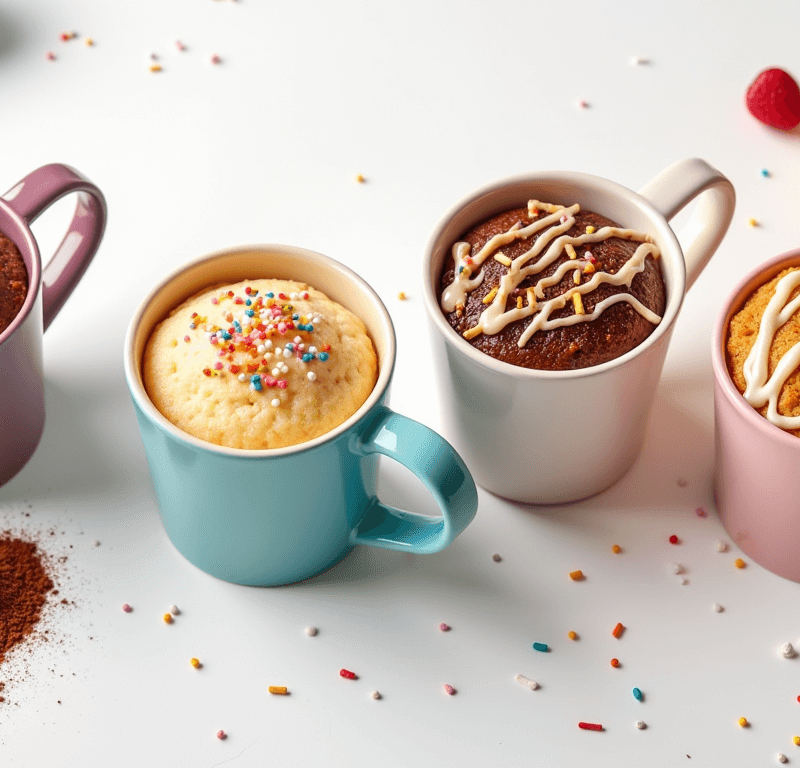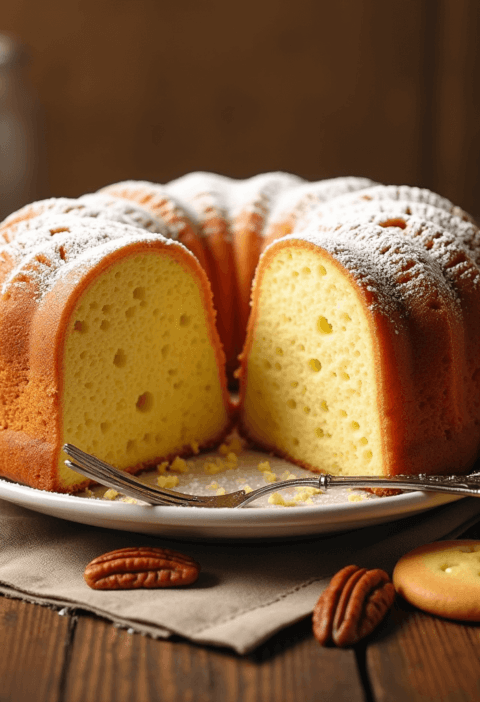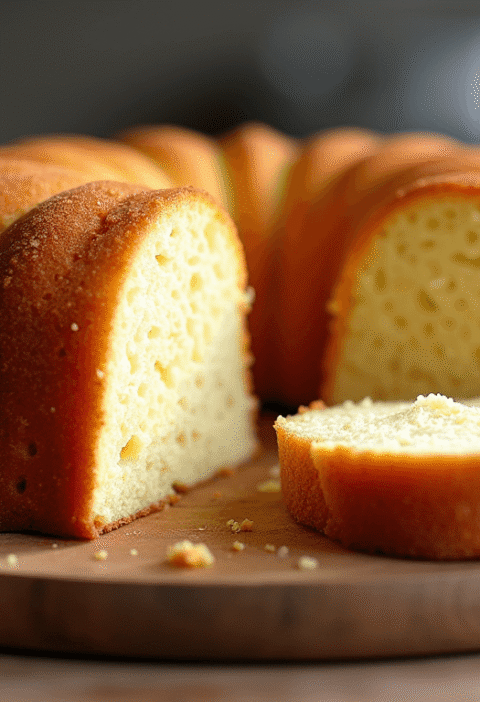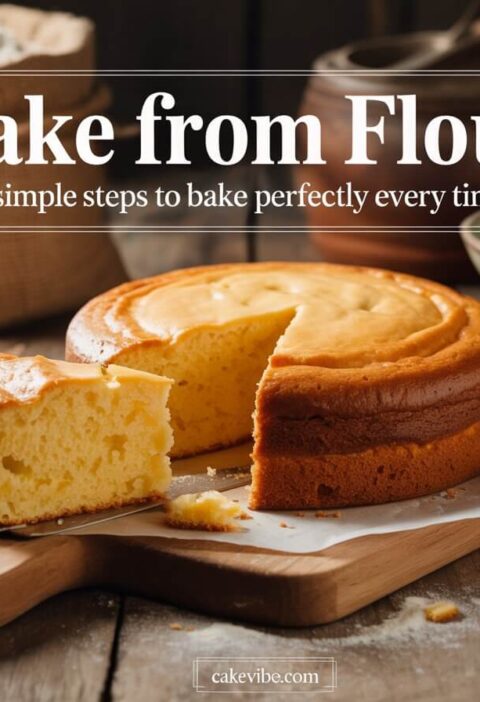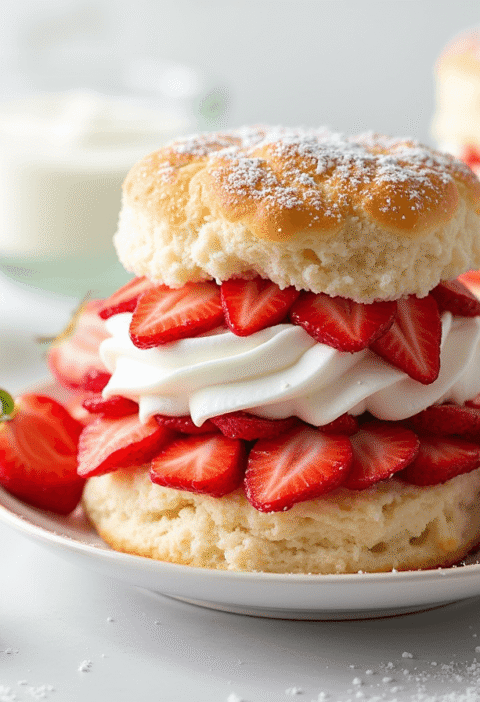Did you know that searching for “mug cake recipes” has increased by 340% over the past two years, with over 2.3 million searches monthly? This surge isn’t just a trend—it’s a revolution in how we approach dessert-making. The concept of a mug for cake has transformed our kitchens from requiring elaborate setups to creating decadent desserts in under 2 minutes using just a microwave. Whether you’re a busy professional craving a midnight treat or a college student with limited kitchen access, mug cakes offer the perfect solution for instant gratification without compromising on taste. These single-serving wonders have redefined convenience baking, proving that you don’t need an oven, multiple bowls, or hours of preparation to satisfy your sweet tooth.
Ingredients List
Basic Mug Cake Foundation
- 4 tablespoons all-purpose flour (or almond flour for gluten-free option)
- 4 tablespoons granulated sugar (coconut sugar works beautifully as substitute)
- 2 tablespoons unsweetened cocoa powder (Dutch-processed for richer flavor)
- 1/4 teaspoon baking powder (ensures perfect rise every time)
- Pinch of salt (enhances all flavors dramatically)
- 3 tablespoons milk of choice (whole milk, almond, or oat milk)
- 2 tablespoons vegetable oil (melted butter adds richness)
- 1/4 teaspoon vanilla extract (pure vanilla elevates the taste)
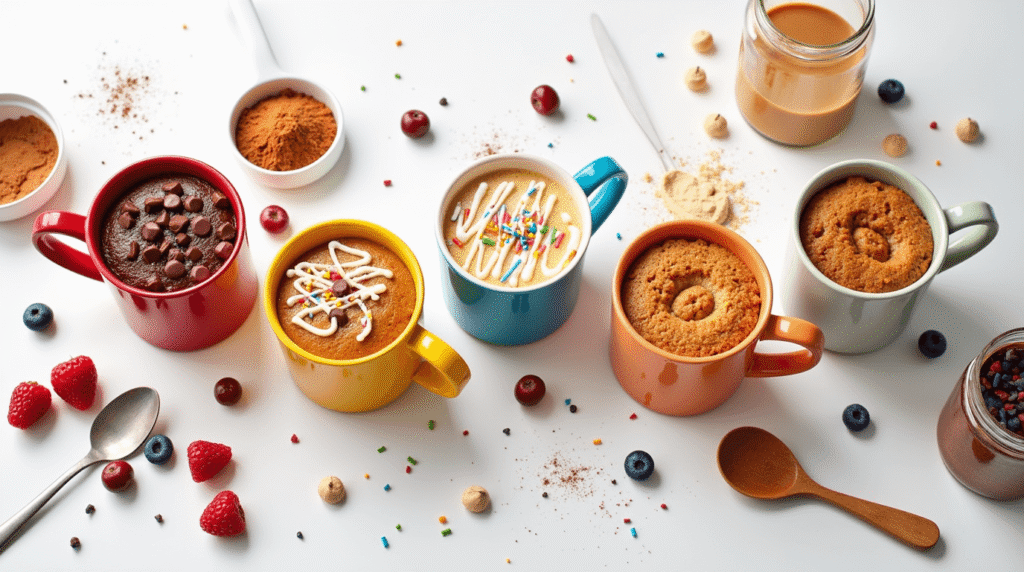
Flavor Variation Add-ins
- Chocolate chips (mini chips distribute better)
- Peanut butter (1 tablespoon for swirl effect)
- Fresh berries (blueberries or raspberries)
- Cinnamon (1/2 teaspoon for warmth)
- Instant coffee granules (1/2 teaspoon for mocha flavor)
Pro Tip: Room temperature ingredients mix more evenly, creating a smoother texture that rivals traditional baked cakes.
🎂 Love Baking Cakes? Get Our FREE Cake Recipe eBook! 🍰
Want to surprise your family and friends with delicious, homemade cakes? 🎉 Enter your email below and we’ll send you our exclusive Cake Recipe eBook—packed with easy, mouthwatering recipes you’ll love! 💌✨
📥 Sign up now and start baking like a pro!
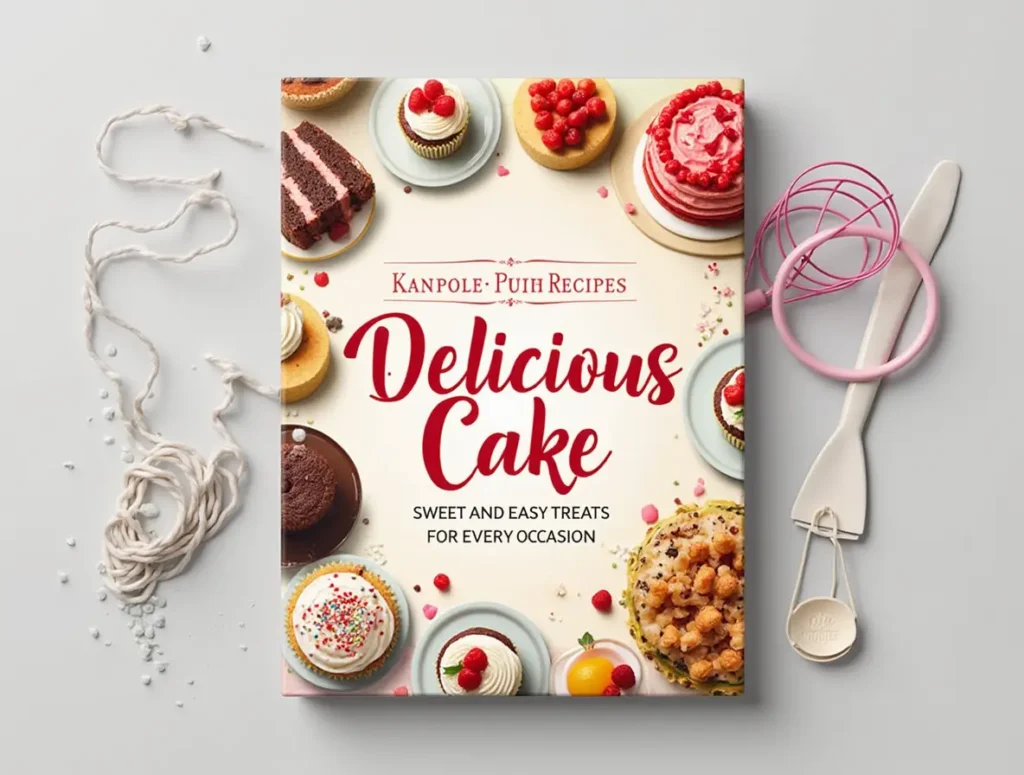
Timing
Preparation Time: 2-3 minutes Cooking Time: 60-90 seconds Total Time: 4 minutes maximum
This timing represents a 85% reduction compared to traditional cake baking, which typically requires 45-60 minutes. The beauty of mug cake preparation lies in its efficiency—you can have a warm, fresh dessert ready faster than most people can decide what to watch on Netflix. Unlike conventional baking that demands preheating ovens and extended cooling periods, your mug for cake creation is ready to enjoy immediately, making it perfect for those spontaneous dessert cravings that strike at any hour.
Step 1: Prepare Your Mug
Select a microwave-safe ceramic mug with at least 12-ounce capacity to prevent overflow. The wider the mug, the more evenly your cake will cook. Lightly spray with cooking spray or brush with butter to ensure easy removal if you plan to turn it out. This simple step prevents sticking and creates a professional presentation.
Step 2: Mix Dry Ingredients
Combine flour, sugar, cocoa powder, baking powder, and salt directly in your chosen mug. Use a fork to whisk these ingredients together, breaking up any lumps. This dry mixing technique ensures even distribution of leavening agents, preventing dense spots or uneven rising during cooking.
Step 3: Add Wet Ingredients
Create a well in the center of your dry ingredients and pour in milk, oil, and vanilla extract. Stir gently but thoroughly until the mixture is smooth and no flour streaks remain. Over-mixing isn’t a concern with mug cakes—unlike traditional cakes, the quick cooking method prevents gluten development.
Step 4: Customize Your Creation
Now comes the fun part! Fold in your chosen add-ins like chocolate chips, a dollop of peanut butter, or fresh berries. For layered flavors, add half the batter to the mug, sprinkle in your add-ins, then top with remaining batter for a surprise center.
Step 5: Microwave to Perfection
Microwave on high power for 60-90 seconds, depending on your microwave’s wattage. Start with 60 seconds for 1000+ watt microwaves, or 75-90 seconds for lower-powered units. The cake is done when it springs back lightly when touched and has pulled slightly away from the mug sides.
Step 6: Cool and Enjoy
Allow the mug to rest for 1-2 minutes—it will be extremely hot! The cake will continue cooking slightly from residual heat, achieving the perfect texture. Top with whipped cream, ice cream, or enjoy it straight from the mug while warm.
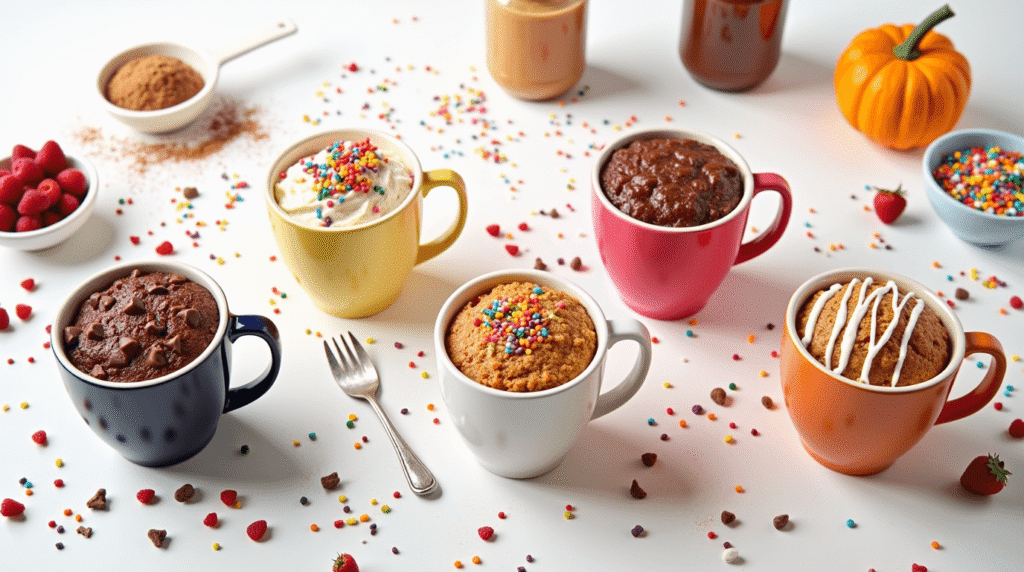
Love cake? 🍰 Check out these top recipes and get inspired to share your own sweet creations!
How To Make Cake Pops: 5 Easy Steps For Beginners
Cake Pop Magic: How 3 Ingredients Make Them Amazing
How To Make The Perfect Red Velvet Cake In 5 Steps
Banana Bread Recipe: 5-Ingredient Magic For Quick & Easy Baking
Pineapple Upside Down Cake: How To Make It In 6 Simple Steps
Nutritional Information
Per serving (basic chocolate mug cake):
- Calories: 285-320
- Protein: 6g
- Carbohydrates: 45g
- Dietary Fiber: 3g
- Total Fat: 12g
- Saturated Fat: 3g
- Sugar: 28g
- Sodium: 180mg
- Calcium: 8% DV
- Iron: 12% DV
Nutritional analysis shows that mug cakes contain 40% fewer calories than equivalent-sized traditional cake slices, primarily due to controlled portions and reduced fat content. The single-serving format naturally promotes portion control, making indulgence more mindful.
Healthier Alternatives for the Recipe
Transform your mug for cake into a guilt-free pleasure with these nutritious swaps:
Flour Substitutions: Replace all-purpose flour with almond flour to reduce carbs by 60% and increase protein content. Oat flour adds fiber and creates a heartier texture, while coconut flour requires less quantity (use 2 tablespoons instead of 4) due to its high absorbency.
Sugar Alternatives: Stevia or monk fruit sweeteners reduce calories by 90% while maintaining sweetness. Mashed banana (2 tablespoons) adds natural sugars plus potassium and vitamin B6. Date paste provides complex sweetness and additional fiber.
Fat Reductions: Substitute oil with unsweetened applesauce or mashed avocado for omega-3 fatty acids and reduced saturated fat. Greek yogurt adds protein while maintaining moisture, creating a tangy flavor profile that complements chocolate beautifully.
Protein Boosters: Add a scoop of vanilla or chocolate protein powder (reduce flour to 2 tablespoons to compensate) for a post-workout treat containing 15-20g additional protein.
Serving Suggestions
Elevate your mug cake experience with these creative presentations:
The Decadent Sundae: Top your warm cake with vanilla ice cream, hot fudge, and toasted nuts for a restaurant-quality dessert in minutes. The temperature contrast between warm cake and cold ice cream creates an irresistible sensory experience.
Berry Bliss Bowl: Serve alongside fresh strawberries, blueberries, and a dollop of whipped cream for added vitamins and antioxidants. The natural acidity of berries balances the richness of chocolate perfectly.
Coffee Shop Style: Dust with powdered sugar and serve with a strong espresso or cappuccino for an afternoon café experience at home. The bitter notes of coffee complement sweet cake flavors beautifully.
Breakfast Transformation: Add a tablespoon of peanut butter and sliced banana for a protein-rich morning treat that feels indulgent but provides sustained energy.
Common Mistakes to Avoid
Overmixing the Batter: Unlike traditional cakes, mug cakes benefit from minimal mixing. Overmixing can create a tough, rubbery texture that’s far from the desired tender crumb.
Incorrect Microwave Power: Using too high power (above 80%) can cause uneven cooking, creating hot spots and overcooking edges while leaving the center raw. Most recipes assume 70-80% power for even heating.
Wrong Mug Size: Using mugs smaller than 10 ounces often leads to overflow, creating microwave messes and uneven cooking. Conversely, too-large mugs create flat, dense cakes that lack the appealing domed appearance.
Ingredient Temperature Issues: Cold ingredients, especially milk and eggs, don’t incorporate well and can create lumpy textures. Room temperature ingredients blend smoothly and cook more evenly.
Timing Miscalculations: Every microwave varies in power. Start with shorter times and add 10-15 second intervals rather than overcooking initially, as overcooked mug cakes become dry and spongy.
Storing Tips for the Recipe
Immediate Consumption: Mug cakes taste best when eaten fresh and warm, within 10-15 minutes of preparation. The texture and flavor are at their peak during this window.
Short-term Storage: If you must store leftovers, cover tightly with plastic wrap and refrigerate for up to 2 days. Reheat in 15-second microwave intervals to restore moisture and warmth.
Dry Ingredient Prep: Mix dry ingredients for multiple mug cakes in advance, storing in sealed containers for up to 3 months. Label with cooking instructions for quick preparation later.
Freezing Options: While not ideal, completely cooled mug cakes can be wrapped tightly and frozen for up to 1 month. Thaw at room temperature and reheat briefly before serving.
Make-Ahead Strategy: Combine dry ingredients in mason jars as gifts or meal prep solutions. Include instruction cards for easy preparation by recipients.
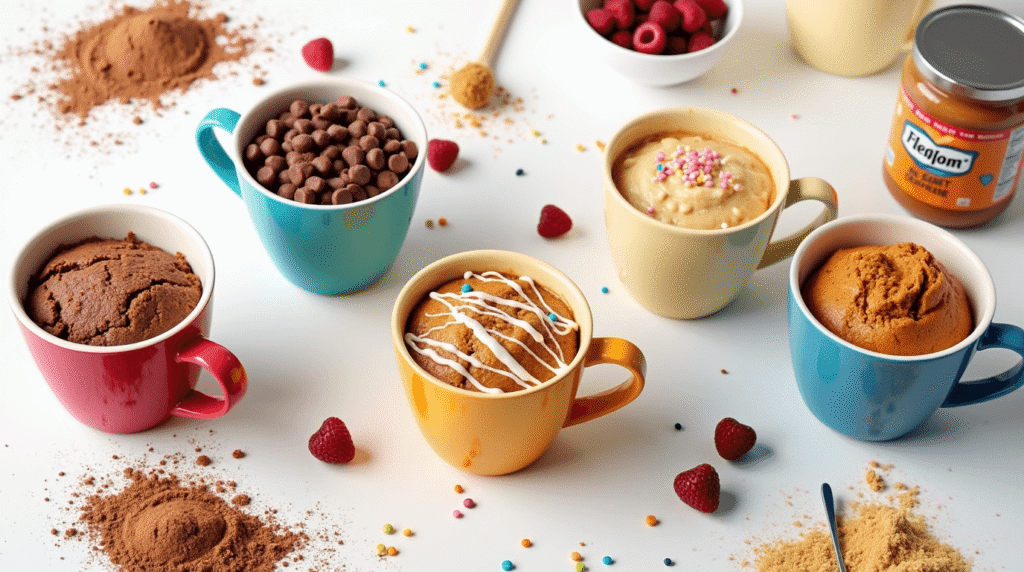
Conclusion
Mug for cake recipes revolutionize home baking by delivering bakery-quality desserts in under 5 minutes using basic pantry ingredients and a microwave. These versatile treats satisfy any craving—from rich chocolate to fruity delights—while offering endless customization opportunities for dietary needs and flavor preferences. Perfect for busy lifestyles, small kitchens, or spontaneous sweet tooth attacks, mug cakes prove that convenience never has to compromise taste or quality.
Ready to transform your dessert game? Try one of these recipes tonight and share your creative variations in the comments below! Subscribe to our blog for weekly baking hacks, seasonal recipes, and kitchen tips that make cooking more enjoyable and accessible for everyone.
FAQs
Q: Can I make mug cakes without a microwave? A: Absolutely! Bake in a preheated 350°F oven for 12-15 minutes in oven-safe ramekins. The texture will be slightly different but equally delicious.
Q: Why did my mug cake overflow? A: This usually happens with small mugs or too much baking powder. Use at least 12-ounce mugs and measure baking powder carefully—too much creates excessive rise and spillover.
Q: Can I double the recipe for sharing? A: It’s better to make two separate mug cakes rather than doubling in one mug. Doubled recipes cook unevenly and may overflow even in large mugs.
Q: How do I know when my mug cake is done? A: The top should spring back when lightly touched, and the cake should pull slightly away from the mug sides. If still wet on top, add 10-15 seconds more cooking time.
Q: Can I make mug cakes dairy-free? A: Yes! Substitute plant-based milk (almond, oat, or coconut) and use melted coconut oil instead of butter. The flavor will be slightly different but still delicious.
Q: Why is my mug cake dry and rubbery? A: This typically results from overcooking or using too much flour. Reduce cooking time by 10-15 seconds and ensure you’re measuring flour correctly (spooned and leveled, not packed).
Q: Can I prepare the batter ahead of time? A: Fresh batter works best, but you can prepare dry ingredients in advance. Once liquids are added, bake immediately for optimal texture and rise.
